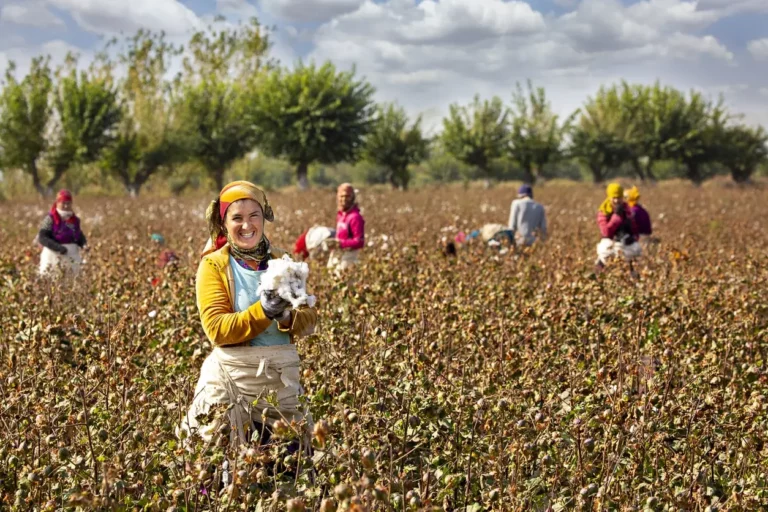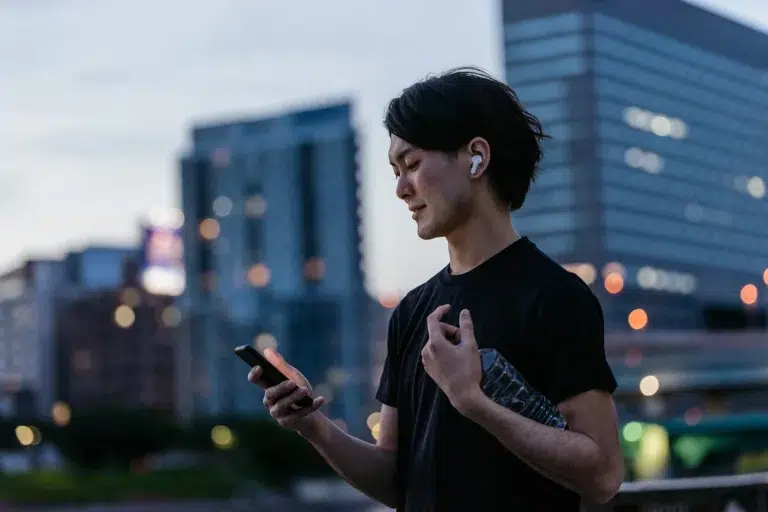Last week, the Industrial Design Engineering faculty at TU Delft, my alma mater, turned 50. I was invited to reflect on the future of design at their jubilee celebration, Symposium: Impact focusing on mobility, health, and sustainability (watch the full event in the video below).
As the only non-CEO and non-professor on the agenda (I recently left my position as circular design lead at Philips to become a senior business designer here at Board of Innovation), I was humbled to share a few of my learnings working on circular economy with Fortune 500 companies over the last 5 years and to discuss how I see the role of design evolving in the future.
If you’re interested, you can watch my complete talk from 2:39:20. And for those of you who want to skip the video and skim the key points instead, I’ve listed them below.
A designer’s focus
One might think that a business designer’s focus should exclusively be on customers and business, but I’d suggest that there’s more to it than that. Businesses and customers exist in the context of the larger society and the natural environment, so business designers would be remiss not to take the ecosystem in which their products exist into consideration.
But there’s a gap between creating value for individuals and creating value for society. Individual consumers aren’t asking for climate change, natural resource depletion, or waste generation. These problems are failures on behalf of businesses and our systems. They’re symptomatic of an inability to serve customers’ real needs and create value in a way which also creates collective value (rather than societal damage).
Designers have a role in the alignment of “doing good” and “doing business” because every global challenge has a human component. Our ability to empathise with ecosystems of stakeholders gives us insights into what’s driving behavior, and how we can get to the essence of what people need.
Thus, societal and environmental challenges open up opportunities for designers to redefine value and steer businesses accordingly. These struggles give us a chance to design businesses that profitably create a positive impact. I explain how this was applied to the male grooming (think shavers and trimmers) business at Philips in my talk – check it out at 2:46:35 if you’re interested.
An example of a company that does this well is Vigga, a Danish startup offering subscription-based baby clothing. This business model manages to save families money and give them access to higher quality garments, while producing less waste than disposable baby clothing.
The business dilemma: growth or integrity
Currently, 90% of our world is more or less rooted in a linear economy. Businesses take resources, make products, and give them to consumers and customers. This process generates products people love, but it also creates a conveyor belt of products that will inevitably become waste.
Before I delved into circularity, I thought businesses had only two choices: sell less, make less money, and go out of business, or sell more, use more resources, and deplete the environment. To me, it was a lose-lose situation that cornered innovation into being about making products “less bad.”
But a circular economy breaks this perceived paradox. It’s about creating renewable value. Circular designers look at value holistically, with a long-term perspective, taking regenerative loops into account to make sure products and materials stay in use by designing out waste and regenerating natural systems.
Redesign the business (not just the product)
Source products and materials from the economy, not from ecological reserves
Create value for customers by adding value to captured products and materials
Create value for the broader business ecosystem and natural environment
In order to make products that are more repairable, longer-lasting, and useful for further downstream business, business models need to be redesigned to focus on also creating, delivering, and capturing broader value.
Why is this important? Business models drive industry. Once business models scale, they have a tremendous impact on our collective ability to meet Sustainable Development Goals as a society. So, for any designer looking to have a global impact, I’d suggest stepping back to re-examine common business models.
People are key to circularity
As much as it looks like it’s about materials and processes, a circular economy is in fact made up of people. Changing business models from linear to circular requires changing the mindsets of both individuals and organizations.
Changing from linear to circular can have so much impact on individual jobs that co-creation is necessary to ensure each stakeholder can contribute to their piece of the bigger puzzle.
Traditional design approaches do not work in a circular economy. So if you’re trying to implement circularity, don’t push circular innovations. Instead, focus on cultivating an innovation culture that supports circularity. Spark collaboration between people in situations where (circular) innovations are defined. For instance, during business design workshops, use your “soft power” influence as a designer to nudge innovations towards circularity, or motivate change via such leadership roles as chief design officer (CDO). Doing so will give you the best chance of developing circular innovations that outperform linear ones and grow faster.


